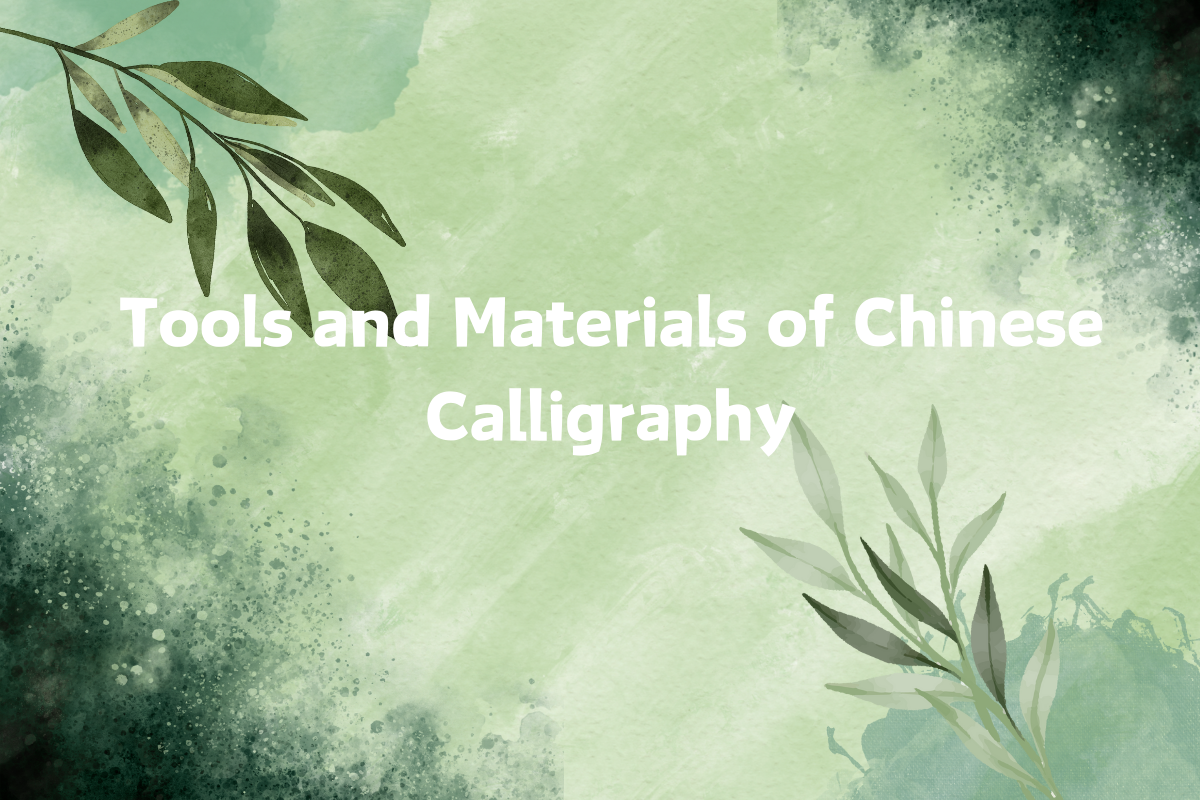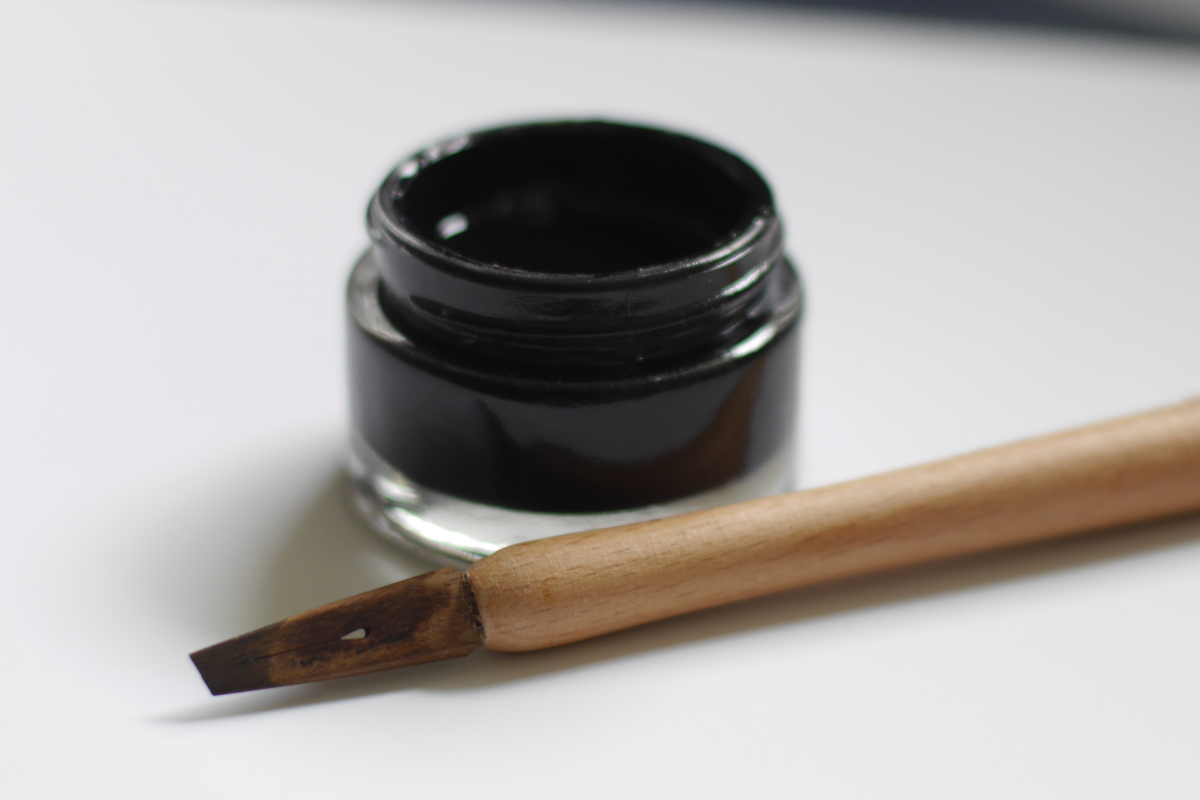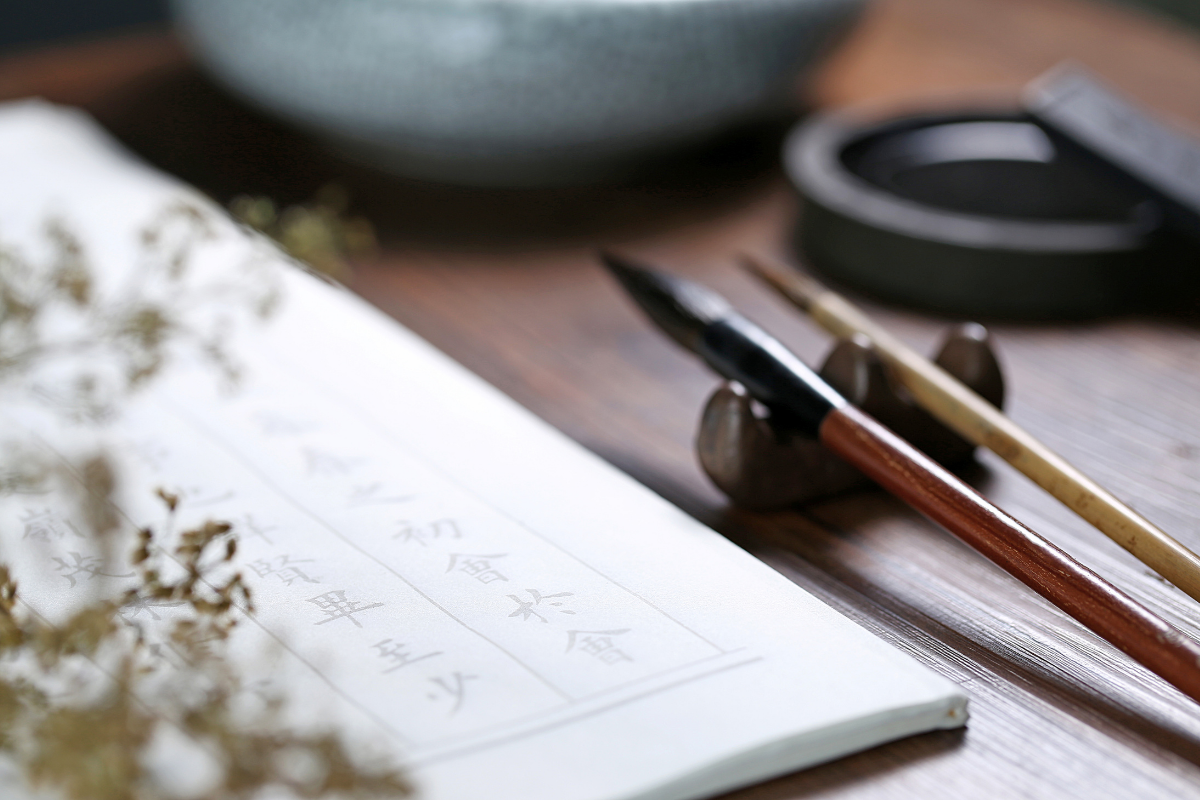Tools and Materials of Chinese Calligraphy
In the art of Chinese calligraphy, in addition to the skill and inspiration of the artist, the tools and materials used play a crucial role. These tools and materials not only influence the texture and effect of calligraphy works but also carry a profound cultural tradition and historical significance. Let's explore the tools and materials used in Chinese calligraphy together.

Brush (毛笔)
The brush is one of the core tools of Chinese calligraphy, and its selection has a crucial impact on the quality and style 风格 (fēng gé) of calligraphy works. Traditional brushes are typically made from wool, wolf hair, or rabbit hair, while modern brushes may use a variety of materials such as nylon or synthetic fibers. The size, shape, and quality of the brush hair will affect the strokes and lines in writing.
风格 (fēng gé), noun, style
Examples:
- She has a unique style of painting.
她有一种独特的绘画风格。
Tā yǒu yī zhǒng dútè de huìhuà fēnggé. - His writing style is clear and concise.
他的写作风格清晰简明。
Tā de xiězuò fēnggé qīngxī jiǎnmíng.
Ink (墨)
Traditional calligraphy ink is often in the form of solid ink sticks, made by grinding ink and mixing it with water. The texture and color of the ink may vary depending on the production method and raw materials used. The intensity of the ink can be adjusted by varying the ratio of water 水 (shuǐ). Modern calligraphers may also opt for liquid ink or ink cartridges for their creations.
水 (shuǐ), noun, water
Examples:
- I drank a glass of water.
我喝了一杯水。
Wǒ hē le yī bēi shuǐ. - He is watering the flowers.
他正在浇水给花。
Tā zhèngzài jiāo shuǐ gěi huā.

Xuan Paper (宣纸)
Xuan paper is a traditional calligraphy paper known for its softness and ink absorption. It is typically made from soft mulberry bark or other plant fibers, with a special texture suitable for calligraphy creation. The quality and texture of Xuan paper are crucial for the effect of calligraphy works.

Inkstone and Inkwell (砚台与墨池)
Calligraphers require an inkstone for grinding ink sticks and an inkwell for holding ink or ink. Traditional inkstones are typically made of stone or ceramics, while modern ones may use a variety of materials. The inkwell is usually a small vessel used to hold ink or ink water for calligraphic use.
Key Sentences:
- My mother took me to buy many calligraphy tools.
我妈妈带我去买了许多书法工具。
Wǒ māmā dài wǒ qù mǎi le xǔduō shūfǎ gōngjù. - Really? What did you buy?
是吗,买了什么?
Shì ma, mǎi le shénme? - We bought brushes and Xuan paper.
买了毛笔和宣纸。
Mǎi le máobǐ hé xuānzhǐ.